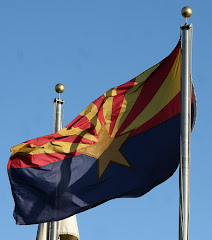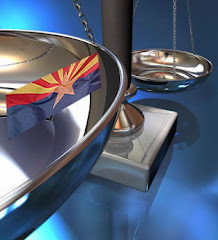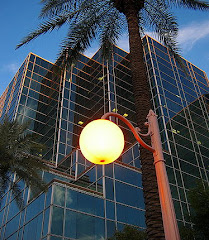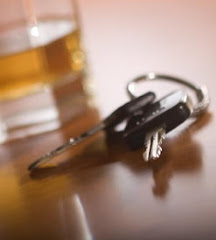Do I Need an Attorney for
a Criminal Speeding Ticket?
In Arizona, many people are surprised to find themselves charged with a crime
for speeding. Many Arizona residents and travelers in Arizona are unaware that
such a crime exits. If you are interested in a more detailed definition and
explanation of Criminal Speeding, which is actually officially called Excessive
Speed in the Arizona statutes. (see
Consequences
of Excessive (Criminal) Speeding in this blog)
If the State of Arizona, through the law enforcement officer who issued you the
ticket, can prove beyond a reasonable doubt that you were traveling excess of
85 mph or speeding 20 mph or more over the posted speed limit for that
particular area, you can be charged in Arizona with a class 3 misdemeanor. This
means the State of Arizona will attempt to obtain criminal conviction
subjecting you to potential jail time. Yes, you can actually go to jail for
Excessive Speed in Arizona. For a detailed explanation of misdemeanors in
Arizona (see Misdemeanors in Arizona
in this blog)
What are the Benefits of Representation on a Criminal Speeding
Charge?
Since you are actually charged with a crime, this entitles you to all the
rights and protections afforded any citizen who is charged with a criminal
offense. The State of Arizona is required to prove your Excessive Speeding (Criminal
Speeding) charge with the same burden of proof necessary to prove any type of
criminal case. That means that there will be a State Prosecutor who is assigned
your case. In a civil speeding violation, the law enforcement Officer who
issued the ticket shows up to court. In a criminal case you will be prosecuted
by a State Prosecutor. A State Prosecutor is a lawyer who represents the State
of Arizona. On TV they always call them DA’s. The general public seems to be
more familiar with that name. In a criminal trial there is a different level of
proof that you are entitled, unlike a normal civil traffic speeding violation.
(see The Difference Between Criminal
Traffic Violations vs. Civil Traffic Violation in Arizona in
this blog), At a criminal trial the State of Arizona must prove the Excessive
Speed offense beyond a reasonable doubt. Unlike a civil traffic violation, the
Arizona Rules of Criminal Procedure and the Arizona Rules of Evidence apply in
this trial. An experienced trial lawyer can be of great assistance to you at
each of the various stages of a criminal proceeding such as this. An
experienced trial lawyer may be able confront the State of Arizona’s prosecutor
and achieve an acquittal (dismissal of the charges) at trial. A good lawyer may
also be able to convince the prosecutor to dismiss the crime prior to trial, or
reduce the charge to a civil violation.
There are many negative consequences of Excessive Speeding (Criminal Speeding).
An experienced trial lawyer can help you avoid a criminal conviction. With
skilled representation you may be able to avoid consequences including:
Up to 30 days of jail time
Mandatory fines plus surcharges
Court ordered classes
Court ordered community service
Classes ordered by Arizona Motor Vehicle Division (MVD)
Points accessed by Arizona Motor Vehicle Division (MVD) to your driving record
Potential suspension or revocation of your driver’s license
Higher insurance, cancellation, or denial of insurance
Conviction of a crime resulting in a criminal record
Effects on immigration status, visas, and passports
Court ordered probation
Having to report a criminal conviction for employment
Negative
consequences to vocational licenses (nursing, teaching, security clearances,
etc.)
Having your vehicle impounded
THE LAW OFFICE OF KARL A. MUELLER, PLC
Website: www.AzTrialLawyer.com
Call (602) 697-8761
Free 24 Hour Consultations


.jpg)

.jpg)
.jpg)
.jpg)




.jpg)
.jpg)
.jpg)
.jpg)